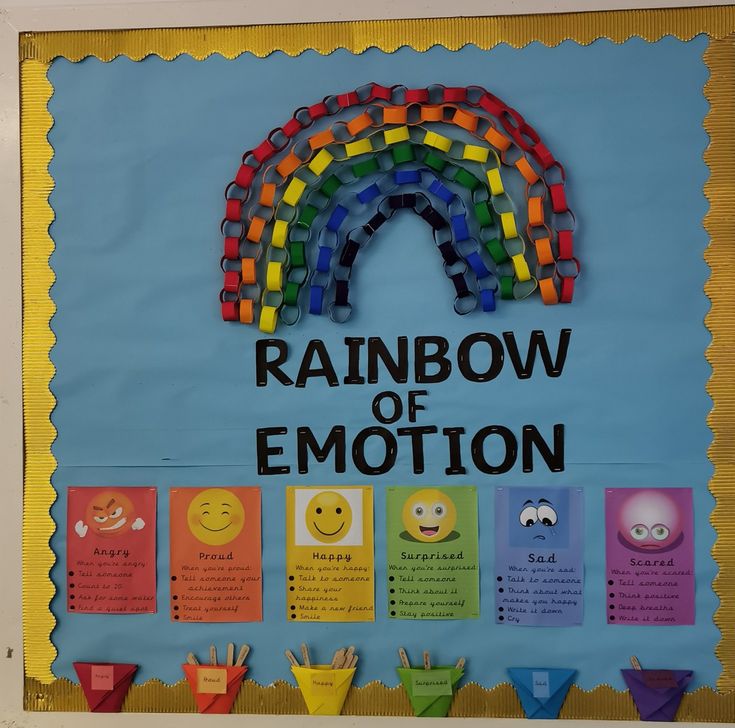Introduction: Social and emotional learning (SEL) is an essential part of a child’s education. One of the ways to develop these skills is by regularly participating in emotional check-ins. In this article, we’ll explore 25 different activities that caregivers, educators, and families can use to help children develop skills in emotional recognition and expression.
1.Emoji Emotions: Have kids draw or use printed emojis to represent their feelings at that moment. This activity helps them connect emotions with visual cues.
2.The Feelings Wheel: Create a wheel with various emotions, and have children point to the one that best represents their current state of mind.
3.Rose, Bud, Thorn: Ask kids to describe their day using three descriptors: a rose (something good), a bud (something they’re looking forward to), and a thorn (a challenge).
4.Weather Report: Encourage children to associate their emotions with different weather patterns, such as sunny, cloudy, or stormy.
5.Inside and Out: Get children to express how they feel on the outside versus the inside, acknowledging that their external behavior may differ from inner emotions.
6.Body Scan Check-In: Have the child focus on different parts of their body and describe any emotions they feel connected with that area.
7.The Emotional Playlist: Kids can pick a song that represents their current emotion and explain why it resonates with them.
8.Colors of Emotion: Assign different colors to various emotions and ask children to create an artwork reflecting their feelings using those colors.
9.Gratitude Jar: Have the child write or draw something they are grateful for each day and store it in a jar.
10.Emotional Spotlight: Let kids act out or imitate an emotion while others try to guess what it is.
11.Feelings Charades: Similar to Emotional Spotlight, have kids act out a certain emotion and let others guess.
12.Breathing Break: Teach children simple breathing exercises to use when they need to refocus or calm down.
13.Mindfulness Moments: Encourage children to practice mindfulness by recognizing their thoughts and emotions without judgment.
14.Trusted Adult Sharing: Help kids identify a trusted adult they can share their feelings with when needed.
15.The Worry Box: Have children write down their worries and place them in a box, symbolizing that they are choosing to let go of those concerns for the moment.
16.Storytelling Emotions: Share a story, leaving out the emotions of the characters, and ask kids to speculate on what feelings the characters are experiencing based on context clues.
17.How Would You Feel: Use hypothetical scenarios to encourage kids to express and explore their emotions in different situations.
18.Moving Through Emotions: Encourage kids to move or dance in a way that corresponds with their current emotions.
19.Mood Meter: Create a meter or chart where kids can indicate their current emotional state visually.
20.Animal Emotions: Drawing or discussing how animals might express emotions can help kids better understand their own feelings.
21.The Positive Thoughts Jar: Encourage children to write down positive thoughts or affirmations daily and keep them in a jar for future reference.
22.The Compliment Train: Have each child give a compliment to someone else in the group, building connections and positivity.
23.Turn-taking Conversations: Facilitate group discussions where each participant has an equal opportunity to share their thoughts and feelings––a safe space for sharing without judgment.
24.Shared Emotional Dictionary: Collaborate with children to create a list of emotions with definitions, examples, and strategies for coping with each emotion.
25.Inside and Out: Get children to express how they feel on the outside versus the inside, acknowledging that their external behavior may differ from inner emotions.





